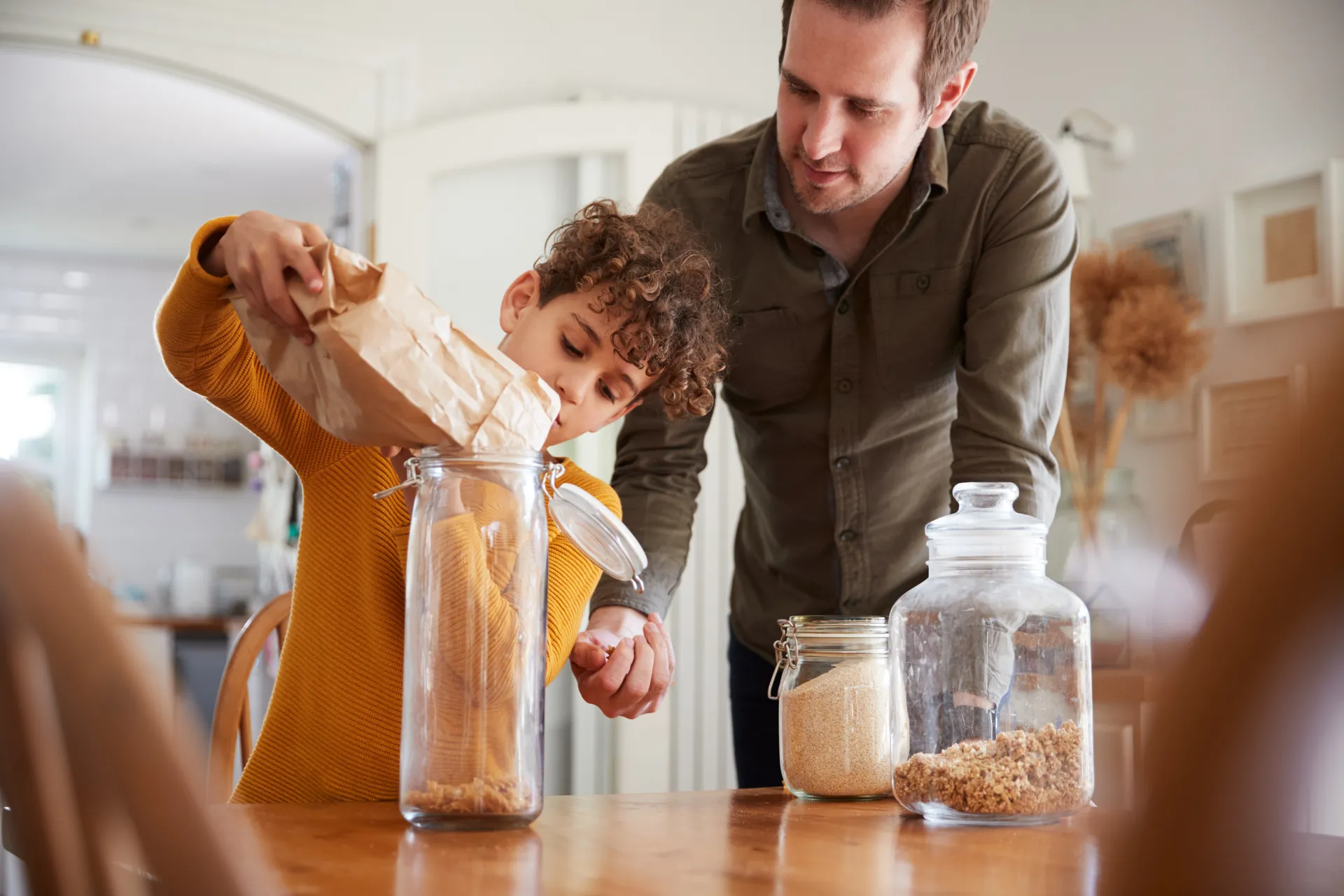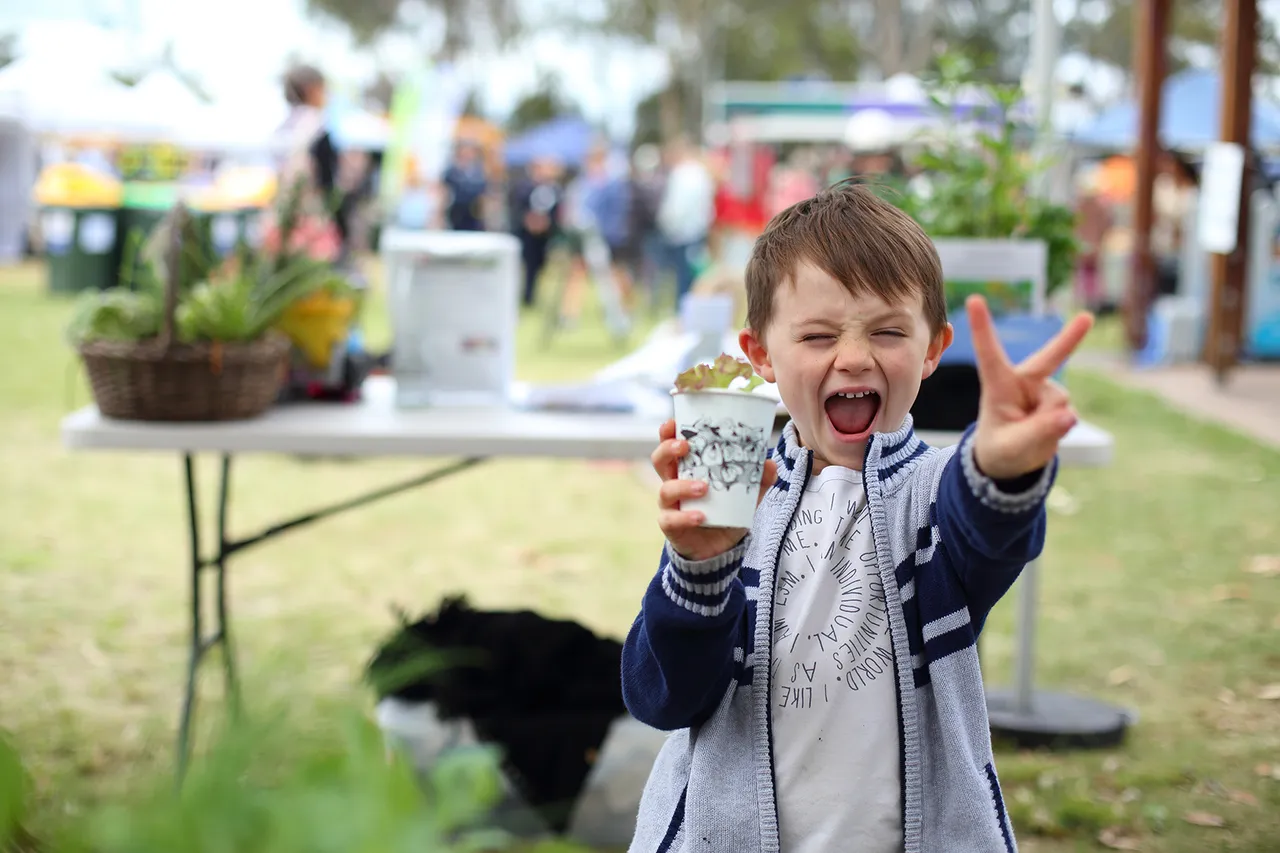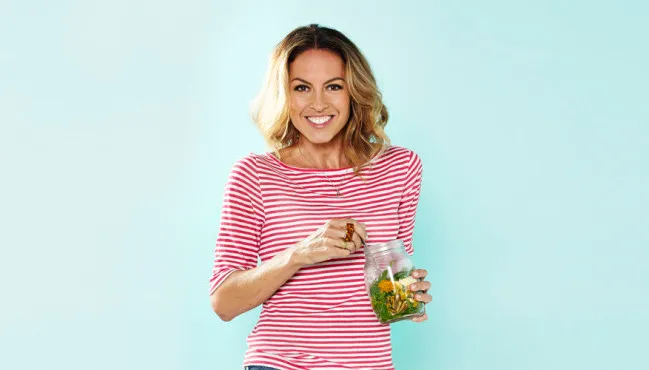Anytime, anywhere: helping kids take action on ocean pollution

Picking up little pieces of litter from a beach or park may not seem like it can have an impact. But it does. With five trillion fragments of plastic floating on the surface of the ocean, every piece of rubbish we can prevent from entering our waterways makes a difference.
But how do you get the kids involved in taking action on ocean pollution?
Living Smart has partnered with Ten Little Pieces to create this guide for parents, teachers and anyone who spends time with children to empower them to take action on ocean pollution.
Ten Little Pieces encourages ordinary folks to make a big difference by collecting ten little pieces of rubbish anywhere, anytime, especially with children involved.
Founder and mum of three, Alison Foley, says that by tapping into children's natural curiosity and ability to analyse problems, we can support them to come up with creative solutions to environmental challenges.
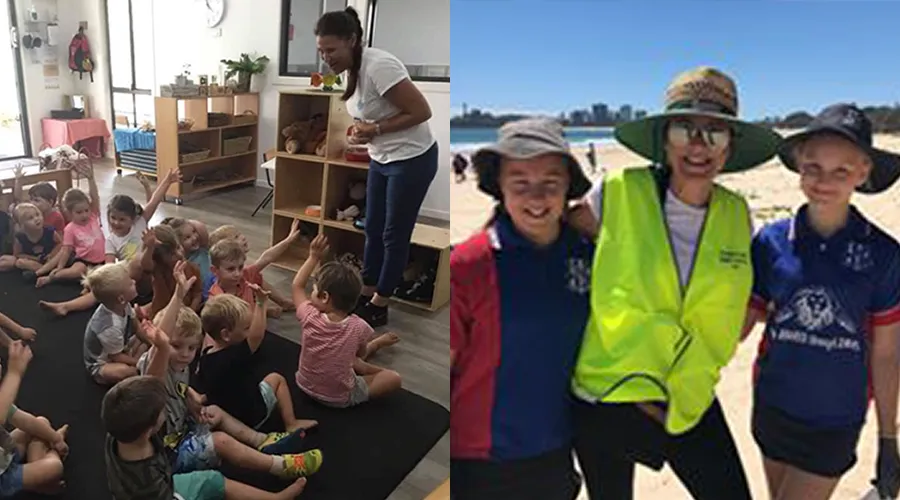
Trading rubbish for ice-cream
Alison's experience with her own children inspired the genesis of Ten Little Pieces, which is now a 5 Gyres Ambassador, Community Ally of Clean Up Australia, and a member of the UNEPGlobal Partnership on Marine Litter.
After spending time on Noosa Main Beach one hot summer day, her tired kids whinging for an ice-cream, Alison said that an ice-cream would cost them ten little pieces of rubbish.
"They set off and came back with cans, bottles, plastic spoons and rubbish, all found within 20 metres of where we were sitting. The volume shocked me," Alison said.
"We got the ice-cream and my son asked to have his in a cone because he didn't want the plastic spoon that came with the cup. I thought if a six-year-old could make that connection between what we consume and its impact, how quickly could that idea spread?"
Fast-track to 2019 and Ten Little Pieces has developed an empowering curriculum-linked education program to deliver the latest information about marine debris, plastic pollution, and solution-based thinking to students K-12.
"Children have a unique platform to facilitate change by engaging with their families, friends, schools, and communities. By picking up rubbish, we ignite a conversation around where the item came from, what will happen if we don't pick it up and possible sustainable alternatives," Alison said.

Conversation starters
Alison says the understanding of waste minimisation and the concept of reuse is strong in many young children so it is important to be genuine with them and not underestimate their knowledge.
"Many schools actively encourage nude food and waste separation in their classrooms which is fantastic and older youth are encouraged to problem solve and engage in activism to create change in their realm of influence," Alison explains.
The following conversation starters can help children and teenagers make the connection between rubbish and our environment.
What do they care about?
Connecting conversations to something they know and care about such as turtles, or their local swimming spot.
Be ready to answer their questions, and try to focus on taking action rather than stopping at awareness or observation. For older youth, this can involve presenting difficult facts and projections. It is helpful to return to the idea that each of us has the power to make a difference.
There's no 'away'
When throwing something 'away', open a discussion around what 'away' might mean, explaining there is no such thing as 'away' and everything must go somewhere.
At home, involve children in separating waste streams into compostable, soft plastics, recycling, and general landfill. How could each item be reused or repurposed?
Think beyond rubbish
When picking up litter, encourage them to think beyond the piece of rubbish in their hand by asking questions such as:
- Where did this come from? Littering, waterway transit, ocean debris?
- What is it made from? How long will it last?
- What might happen if we don't pick it up? Ingestion & entanglement of wildlife.
- How could it be made differently? What sustainable alternatives could avoid this waste in the first place?
Ten Little Pieces recommends teaching younger kids to point out rubbish to an adult so they can check it is safe before being picked up.
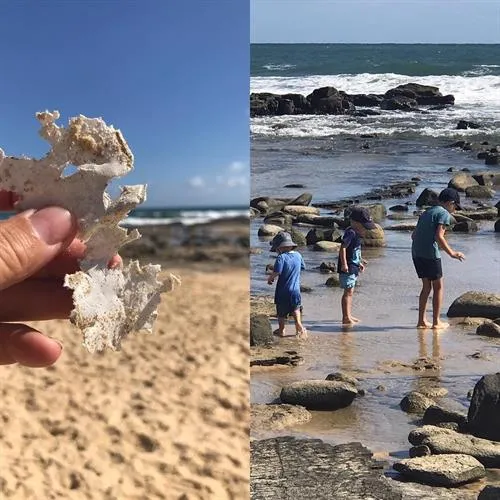
6 fast facts to share
If you're not confident talking about science when it comes to ocean pollution, there are loads of online resources to help! Here are a couple of facts you can commit to memory:
- Every year 8 million metric tonnes of debris enters our oceans. That's the equivalent of one garbage truck per minute.
- By 2050 there will be more plastic in the ocean by weight than fish.
- The Great Pacific garbage patch is 1.6 million square kilometres of swirling plastic soup in our ocean. That's nearly as big as Queensland.
- There are over 5 trillion fragments of plastic floating on the surface of the ocean.
- 80% of all plastic the ocean starts on land and reaches the ocean via our river systems.
- On average, 91% of plastics on average are not recycled.
The following videos are also a great source of background information:
- The life of a plastic bag
- The ocean cleanup
- ABC TV War on Waste
- The Great Pacific Garbage Patch
- Expedition study of plastic pollution
Extension activities
These fun activities can take learning and action to the next level.
Trashure hunt
A playground hunting game searching for litter with analysis afterward:
- What are the common types of litter?
- Where do they come from (home or school canteen)?
- What can we do to reduce, reuse, and recycle these materials?
For schools, this could be split into a competition between classes with the winning team choosing a movie.
Taking action
Write a letter to a local store or business asking them to reduce single-use plastics or even thanking a business that's doing a great job. During a recent beach clean-up, a school student came up with the idea of replacing plastic lollypop sticks with edible lolly so Alison helped her write to the manufacturer with her suggestion.
School lunch boxes
Do a lunch box audit and identify where you can cut down on single-use items such as plastic wrap and single-serve packaged items. Work together towards creating nude food lunch boxes.
Watch a movie
The below movies and documentaries are recommended by Ten Little Pieces for various age groups.
Junior primary age
- 2040
- Wall-E
- Finding Nemo
- Finding Dory
- David Attenborough's One Planet and the newly released Seven Worlds One Planet
- Fern Gully: The Last Rainforest
Upper primary age
- Blue the film (PG)
- Before the Flood (PG)
- Plastic Oceans (PG)
- Chasing Coral (PG)
- Albatross (PG)
High School age
- The Day After Tomorrow
- Avatar (PG 13)
- Mission Blue (PG)
- An Inconvenient Truth (PG)
- An Inconvenient Truth Sequel (PG)
- Jeremy Rifkin's Third Industrial Revolution; suitable for grades 11/12
Every effort makes a difference
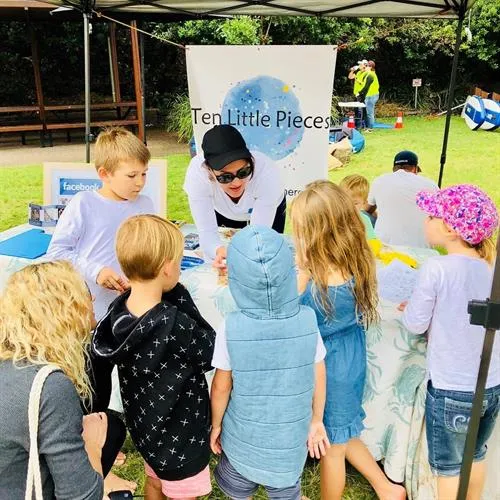
Alison views the education of children as one of the strongest catalysts for societal change.
"Children care so let's harness that emotional connection and help them act. Give them the facts, actively encourage them to develop potential solutions, then support them to take action. It doesn't matter how small the effort is - every effort makes a difference," Alison said.
Find out more about Ten Little Pieces on the website, Facebook or Instagram. 2020 bookings are now open for the Ten Little Pieces Education program.
Ali's been selected as one of 300 women to crew Leg 11 (May 2021) of a pioneering global sailing mission to research, raise awareness of and advocate solutions to plastic pollution in our oceans. The mission is currently postponed for 12 months due to CoVid allowing for a year of digital impact.
Check out: Alison's eXXpedition 2020
Choose to reuse! Get inspiration for cutting down on single-use plastic from these Living Smart resources:

